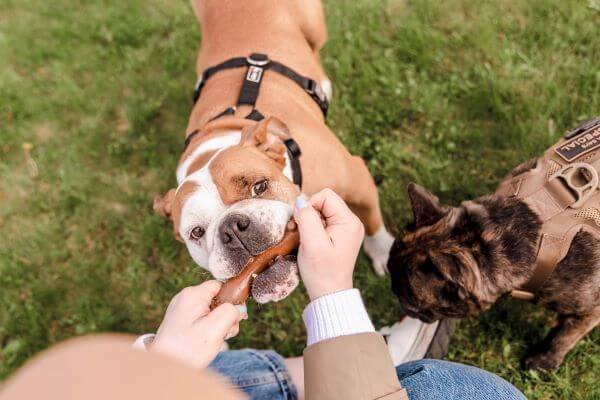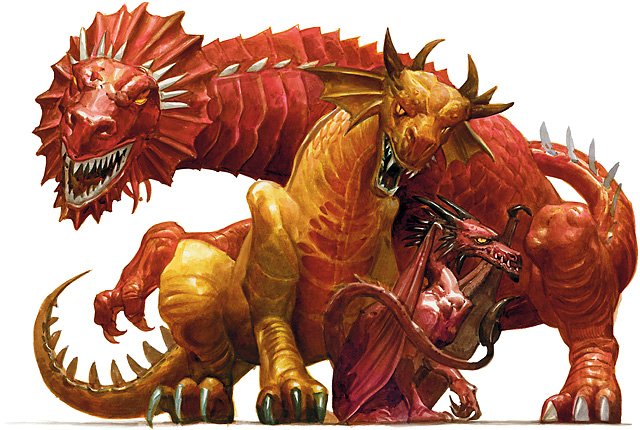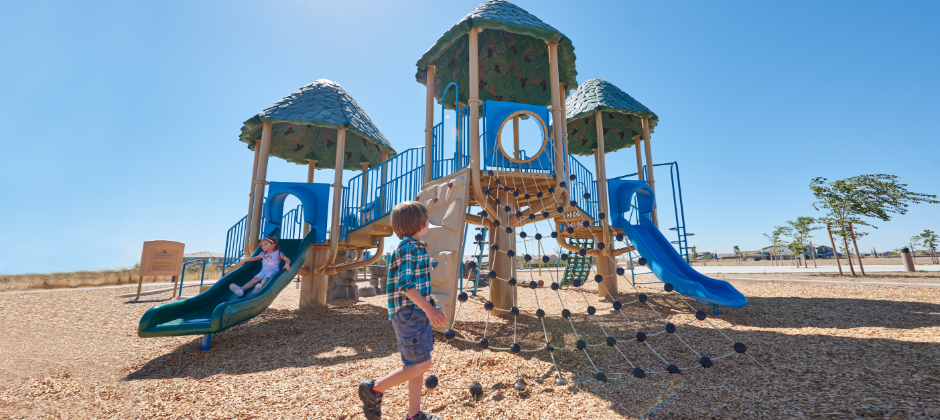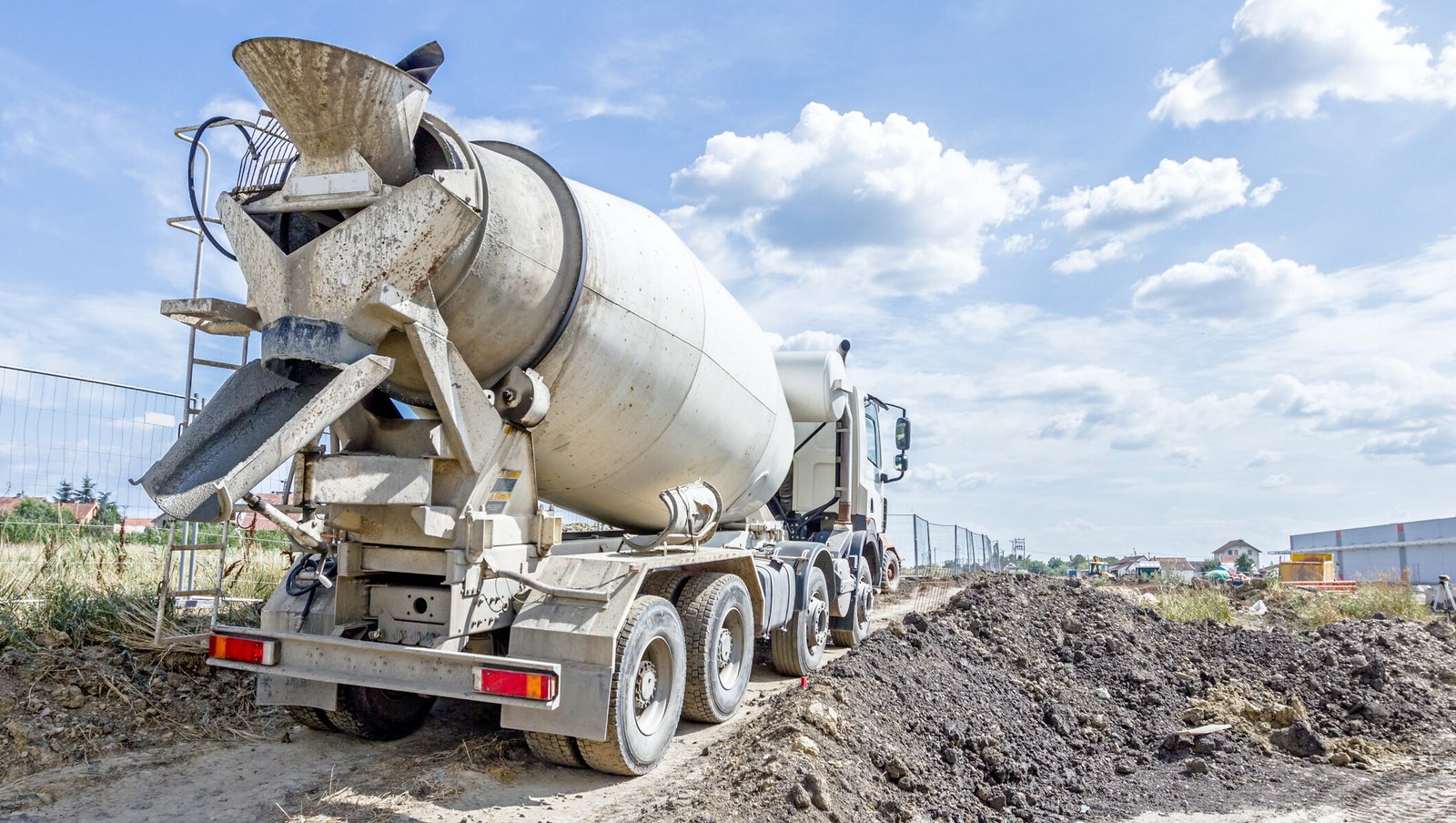Resource guarding is one of the most misunderstood canine behaviors. It’s when a dog growls, snaps, or even bites to protect food, toys, or space. While it may look like aggression, it often stems from fear, insecurity, or past experiences. The good news? Professional dog trainers for resource guarding know how to turn this behavior around using patience, science, and trust-based methods.
This guide dives deep into how professional trainers tackle resource guarding, what causes it, and how you can help your dog feel safe sharing their world again.
Understanding Resource Guarding in Dogs
Resource guarding occurs when dogs feel anxious about losing access to something they value — whether it’s food, toys, or even a person. It’s an instinct rooted in survival. In the wild, guarding food or resting areas ensured survival. However, in domestic life, this instinct can create conflict and stress.
Common signs include:
- Growling when approached during meals
- Snapping when someone reaches for a toy
- Stiff body language or freezing near valued items
- Hiding food or toys
- Blocking access to certain areas
Important insight: Resource guarding isn’t dominance or disobedience. It’s emotional insecurity. Professional dog behavior trainers focus on reducing that anxiety rather than punishing the behavior.
Why Dogs Develop Resource Guarding
Several factors contribute to this behavior:
| Cause | Description |
| Genetics | Some breeds have a higher guarding tendency, often due to their working history. |
| Early experiences | Puppies that faced food scarcity or competition develop defensive habits. |
| Human reactions | Taking items from a dog frequently can trigger possessiveness. |
| Lack of training | Dogs never taught to trade or share don’t learn positive associations with giving things up. |
A good dog trainer for resource guarding doesn’t just address the symptoms. They uncover why your dog guards in the first place.
How Professional Dog Trainers Handle Resource Guarding
1. Assessment and Behavior Mapping
Trainers start with a behavioral evaluation. They observe:
- What triggers the guarding (food, space, toys, etc.)
- Who it happens around (owner, children, other pets)
- The dog’s emotional state before and after guarding
This step helps trainers design a plan tailored to your dog’s personality and triggers.
2. Desensitization and Counterconditioning
This process helps dogs replace fear with calmness. Trainers use gradual exposure and positive reinforcement to change emotional responses.
For example:
A trainer might approach a dog while it eats, drop a tasty treat nearby, then walk away. Over time, the dog learns that humans approaching add value instead of taking things away.
Expert quote:
“Resource guarding is an emotional issue, not a behavioral choice. You don’t ‘correct’ it — you teach safety.”
— Dr. Patricia McConnell, Animal Behaviorist
3. Teaching Trade and Drop Commands
Professional trainers introduce commands like “drop it” or “trade.” These commands teach dogs that releasing something leads to a better reward.
Example exercise:
- Offer a low-value toy.
- Say “trade” and present a high-value treat.
- Praise and return the toy after the exchange.
This builds trust and cooperation, not fear or resistance.
4. Creating a Safe Environment
Trainers often recommend managing the environment while training progresses.
That might mean:
- Feeding dogs in separate rooms
- Removing high-value toys temporarily
- Avoiding sudden movements near guarded items
This reduces stress and prevents regression during training.
Top Training Techniques Used by Experts
Here’s a breakdown of popular strategies used by resource guarding dog trainers:
| Technique | Goal | Approach |
| Desensitization | Reduce emotional triggers | Gradual exposure to stimuli with positive outcomes |
| Counterconditioning | Replace fear with calmness | Pairing human approach with rewards |
| Trade Games | Encourage voluntary release | Reward-based item exchange |
| Impulse Control Training | Improve patience and focus | Teaching “leave it” and “wait” commands |
| Clicker Training | Reinforce calm behavior | Use of clicker to mark desired responses |
Choosing the Right Dog Trainer for Resource Guarding
Selecting a qualified trainer makes all the difference. Not every obedience trainer is equipped to handle emotional or aggressive behavior.
What to Look For:
- Certification: Choose trainers certified by organizations like IAABC, CCPDT, or APDT.
- Experience: Ask specifically about resource guarding cases.
- Methods: Ensure they use positive reinforcement, not punishment.
- References: Seek reviews or testimonials from past clients.
Pro Tip: Avoid trainers who suggest dominance-based methods or forceful interventions. These can worsen fear and aggression.
Case Study: Transforming Bella’s Behavior
Bella, a two-year-old Labrador, growled whenever anyone approached her food bowl. Her family felt anxious and unsure how to handle it. They contacted a certified dog behavior consultant specializing in resource guarding.
The trainer followed a structured six-week program:
- Observation phase: Identified her triggers and body language.
- Trust-building exercises: The family learned to drop treats near her bowl.
- Trade sessions: Introduced “drop it” and “trade” games.
- Desensitization: Gradually increased proximity during feeding.
Within two months, Bella went from defensive to relaxed during meals. Her family could walk near her bowl without tension.
This case illustrates how science-based training replaces confrontation with cooperation.
Common Mistakes Owners Make
Even well-meaning dog parents can unintentionally worsen guarding. Here are some pitfalls to avoid:
- Punishing growling – Growling is a warning, not defiance. Suppressing it removes communication.
- Taking items forcefully – This builds mistrust and intensifies guarding.
- Ignoring early signs – Early growls or freezes often go unnoticed until escalation.
- Using fear-based training – Harsh corrections increase anxiety and unpredictability.
Instead, focus on positive association and structured guidance from professionals.
Preventing Resource Guarding in Puppies
Prevention is easier than correction. Responsible puppy owners can reduce future guarding tendencies with early training.
Prevention checklist:
- Handle food and toys gently from a young age.
- Practice trading items often.
- Feed puppies in calm environments.
- Socialize with other dogs and people regularly.
- Reinforce calmness around shared resources.
Consistent exposure to fairness and trust helps puppies grow into balanced, confident dogs.
When to Seek Professional Help
Not all guarding behavior requires a professional, but if your dog:
- Snaps or bites
- Guards multiple objects or spaces
- Shows increasing aggression over time
- Causes household stress or fear
…it’s time to involve an expert. Certified dog trainers for resource guarding use evidence-based approaches that prioritize safety and long-term harmony.
Costs of Hiring a Resource Guarding Trainer
| Training Option | Average Cost (USD) | Duration | Best For |
| In-home private sessions | $100–$200 per hour | 4–8 weeks | Individualized care |
| Behavior modification programs | $500–$1,500 total | 6–12 weeks | Severe cases |
| Online coaching | $50–$100 per session | Flexible | Remote guidance |
Investing in a qualified trainer isn’t just about fixing behavior. It’s about restoring peace and trust in your home.
Final Thoughts: Building Trust, Not Fear
Resource guarding can be challenging, but it’s absolutely manageable with patience and proper guidance. The best dog trainers for resource guarding focus on emotional healing rather than dominance. They help dogs feel secure, respected, and understood.
Your goal isn’t to dominate your dog—it’s to help them feel safe enough to share.
“When you replace fear with trust, guarding becomes gratitude.”
If your dog guards food, toys, or people, reach out to a certified professional today. With the right plan, your loyal companion can relearn peace, safety, and joy.
Key Takeaways:
- Resource guarding is fear-based, not defiance.
- Positive reinforcement builds trust and cooperation.
- Qualified trainers use science-backed desensitization and counterconditioning.
- Early intervention prevents escalation and strengthens your bond.
A dog that once guarded everything can become one that shares everything — love, trust, and happiness.







Leave a Reply